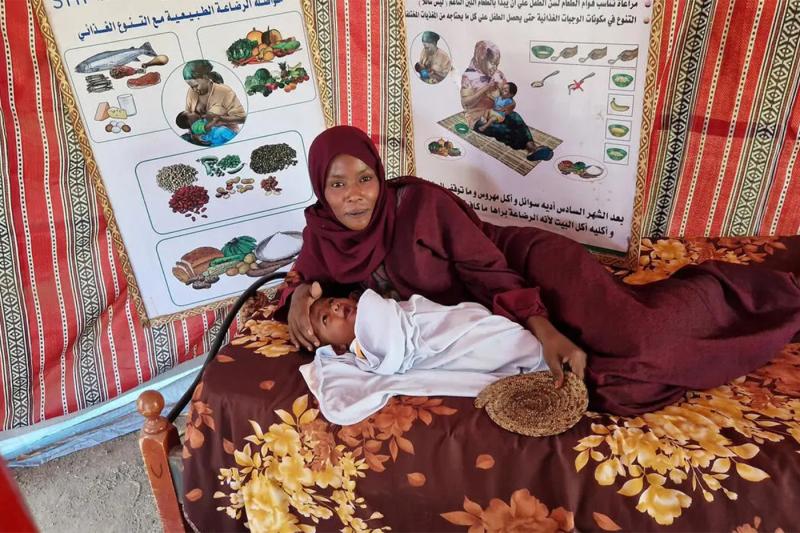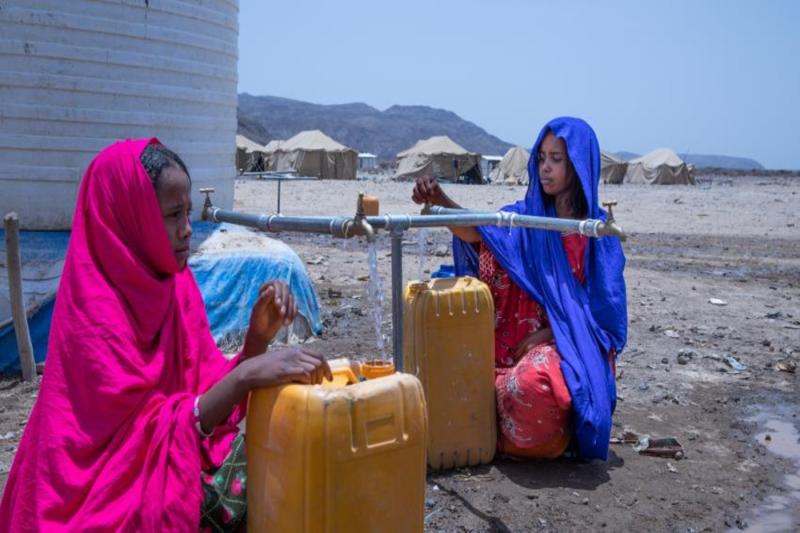
New report takes stock of major CERF achievements
Each year, CERF provides funding to enable the delivery of life-saving, time-critical humanitarian assistance to millions of people in the most severe crises worldwide. The CERF Results Report is a unique analytical, data-driven publication that provides a comprehensive picture of the results achieved with this funding. In its latest edition, published in June 2019, CERF takes stock of how a US$$512.1 million million humanitarian investment from close to 60 donors delivered life-saving assistance to over 24 million people facing the consequences of natural disasters and conflict around the world.
The report is compiled based on Resident Coordinator/Humanitarian Coordinator (RC/HC) reports on the use of CERF funding and demonstrates CERF’s key role in enabling the provision of life-saving assistance to people in need. It also presents information reported by RC/HCs on the strategic value CERF adds to the humanitarian system, summarizes each CERF allocation made and includes analysis on several themes.

Part I of the report presents a global overview of results achieved with CERF funding allocated in 2017, focusing on people who received CERF-funded assistance and on CERF’s strategic added value to the humanitarian system’s efficiency and effectiveness. This is supplemented by analysis on key topics such as CERF funding for displacement-related humanitarian operations; partnerships in the implementation of CERF funding; complementarity between CERF and other funding sources; CERF and gender; cash transfer programming in CERF-funded projects; and how CERF supports accountability to affected people.
In Part II of the report, the global achievements presented in Part I are described in more detail through regional and country summaries. As each humanitarian situation is different, the Rapid Response grants have up to six months implementation time and Underfunded Emergencies grants have up to nine months implementation time. In exceptional circumstances, the implementation time may be extended by another three months upon request by an implementing agency. summaries describe the context of each CERF allocation, present the specifics of people reached and life-saving assistance provided, and highlight the value added by CERF to the broader emergency response. Such a detailed level of results reporting is possible due to several years of gradual improvements in CERF’s reporting framework and recent enhancements to CERF’s analytical capacity.

The Results Report presents CERF results in the context of donor funding to CERF. It outlines CERF’s allocation methodologies and describes the rationale behind each CERF funding decision. As such, it links the unearmarked contributions of CERF’s donors to the concrete results they enabled humanitarian organizations to achieve. Every life saved through CERF funds is a life saved by CERF’s donors, without whose generous contributions the results described in this report would not have been possible.
This year’s Results Report was enriched by the feedback provided by the 16 donors, 15 CERF Advisory Group members, 10 UN agencies and seven other partners who participated in the CERF secretariat’s 2018 survey on the quality and usability of its results reporting. The response to the survey was tremendously positive with 95 per cent of respondents stating that the report was very useful. The numerous comments collected through the survey prompted many improvements made in the report this year.
To read the full report click here


